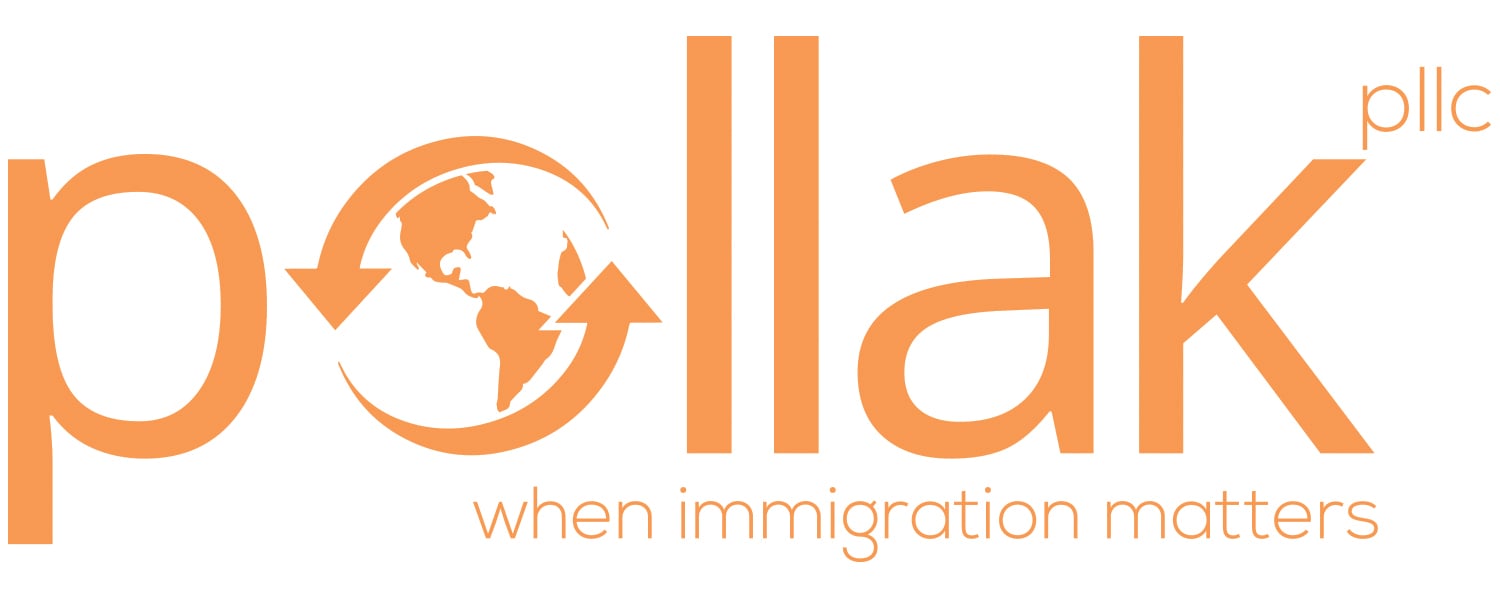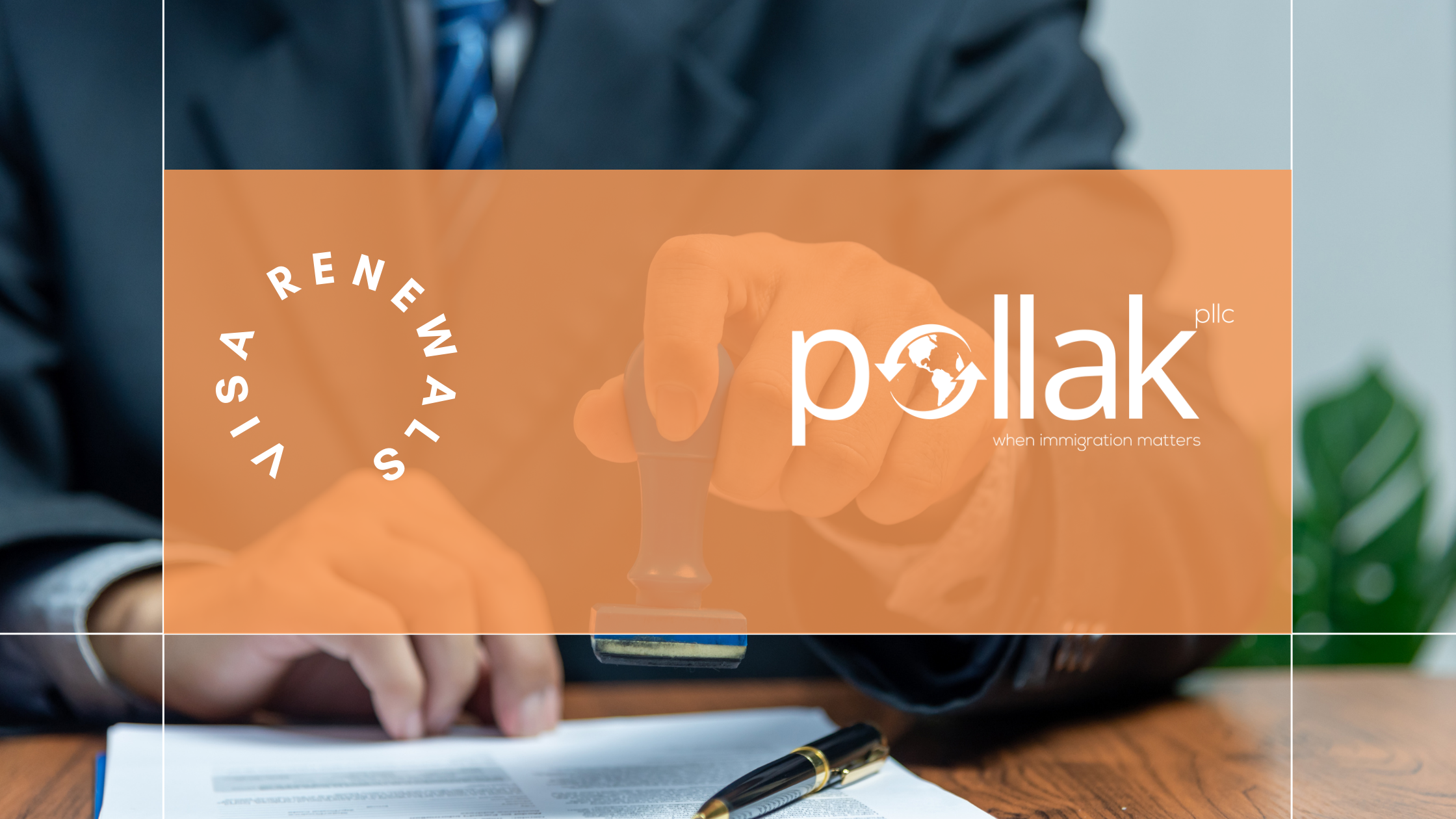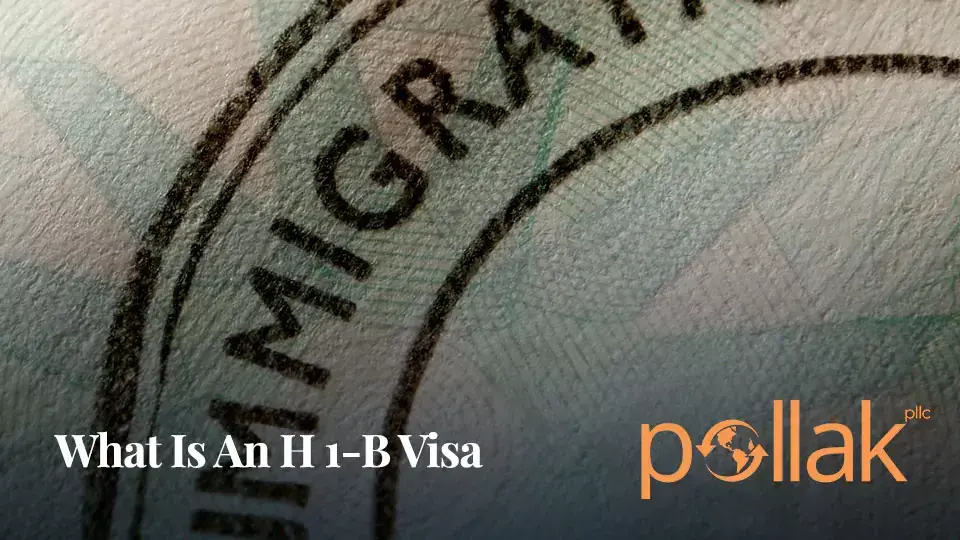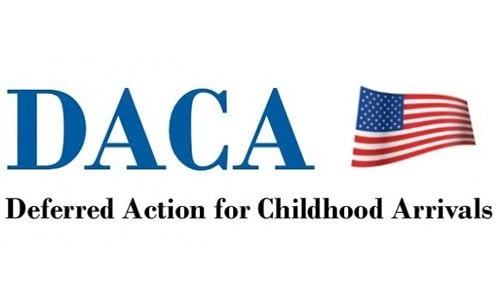The Department of Homeland Security (DHS) announced the H-2 Modernization Rule on December 18, 2024, set to take effect on January 18, 2025. This rule significantly alters the H-2 visa category, allowing H-2 workers to apply for green cards without automatic denial based on immigrant intent. Key changes include a new Form I-129, job portability for eligible workers, the elimination of eligible country lists, and extended grace periods for H-2 workers. These updates aim to enhance efficiency and flexibility within the H-2 program, benefiting both employers and workers navigating U.S. immigration. Let's delve into what this means for those navigating this complex arena.
Aims of the Modernization Rule
The DHS’s freshly minted rule aims to bring the H-2 program into the modern era. The stated objectives are to enhance efficiency, incorporate new benefits and flexibility, and bolster integrity measures within the program. These changes are designed not only to streamline processes but also to ensure the program remains robust in an ever-evolving global landscape.
Key Changes to Watch
New Form I-129 Starting January 17, 2025
The updated H-2 eligibility requirements will apply to petitions filed on or after January 17, 2025. A new Form I-129, mandatory for all filings from this date, incorporates these changes. A preview is available at the USCIS website.
One of the most significant changes is regarding H2 Workers applying for Permanent Residency
Prior to announcing this rule, USCIS often denied H2 visa renewal where a Beneficiary had filed a Petition for Immigrant Worker known as a Form I-140. USCIS reasoned that, the Form I140, which is filed in connection with permanent residency, shows immigrant intent whereas the H2 visa is a nonimmigrant intent visa. These two intents conflicted resulting in USCIS often denying an H2 renewal. Workers have long wait times to file the final stage of the green card application and were often forced to return to their home country to wait for the green card where H2 renewal was denied.
The Final Rule clarifies that seeking lawful permanent resident status by filing a Permanent Labor Certification Application, Petitioner for Immigrant Worker, Adjustment of Status Application or a Diversity Visa will not, standing alone, be the basis for denying an H-2 benefit. The Final Rule does not, however, exempt an H-2 worker from the statutory requirement to have a residence in a foreign country with no intention of abandoning, nor from the requirement that the worker be coming temporarily to the U.S. to perform H-2 services or labor.
Job Portability
The Final Rule permanently provides job portability for eligible H-2A and H-2B nonimmigrants, which will benefit workers in H-2 status in the U.S. in the following circumstances:
- a nonfrivolous H-2 petition for new employment must have been filed on their behalf and their period of authorized stay has not expired or the H-2 petition requests amendment or extension of the stay in the same classification they currently hold; and they have not been employed without authorization from the time of their last admission through the filing of the petition for new employment.
Eligible Countries List Eliminated and Limit on Number of Beneficiaries in a Petition.
- To improve efficiency and reduce barriers to use of the H-2 programs, the Final Rule removes the eligible country lists from the H-2A and H-2B programs.
- It imposes a limit of 25 Beneficiaries per H2 application.
Validity, Reset and Grace Periods
- The Final Rule retains three (3) years as the maximum period of stay for H-2 workers. However, it reduces the period of absence out of the country to reset the 3-year maximum period of stay from 90 days to 60 days. If a worker leaves the U.S. for less than 60 days, the absence will not pause the 3-year maximum period nor extend the timeframe in which a worker could work in H-2 status upon their return from abroad. This change to the calculation of interrupted stay is not expected to impact H-2A and H-2B workers whose accumulated stay is 18 months or less and whose clock currently pauses when leaving the U.S. for at least 45 days, but less than 3 months, and those whose accumulated stay is greater than 18 months but less than 3 years. Under the Final Rule, the 3-year period will reset following an uninterrupted absence of 60 days, irrespective of the individual's period of accumulated stay in the U.S.
- The new rule permits H-2 workers to enter the United States up to 10 days before their petition start date and remain in the United States for up to 30 days after expiration of the petition, subject to the three-year limitation on H-2 periods of stay. During these grace periods, H-2 nonimmigrants would be considered maintaining valid H-2 status, but would not be authorized to work.
- USCIS is increasing the grace period following revocation of an H-2 petition to 60 days, from 30 days. During this period, an H-2 nonimmigrant can seek new qualifying employment or prepare for departure from the United States without violating their H-2 status or accruing unlawful presence.
- The regulation creates a new 60-day grace period that allows H-2 workers who stop working or wish to seek new employment to maintain their status.
Fees Paid by Workers
The Final Rule clarifies which costs must be borne by the H-2 employer and which may be the responsibility of the H-2 workers. Costs for the exclusive benefit of the workers, such as passport application or renewal costs, may be the workers’ responsibility. H-2 employers may allow workers initially to pay certain costs for which the employer is legally responsible, such as for transportation to the worksite, and later reimburse the workers, if permitted by law.
Compliance and enforcement
The new H-2 Modernization Rule clarifies that H-2A employers must cover return transportation costs for workers after petition revocation, aligning with existing H-2B regulations. It also expands USCIS's authority to deny H-2 petitions and debar employers for violations, including collecting prohibited fees. Additionally, USCIS can conduct compliance reviews and inspections, with non-cooperation potentially leading to petition denial or revocation. Whistleblower protections are established for employees reporting violations, enhancing accountability within the H-2 program.
Conclusion: A Step Towards Efficiency
While the DHS’s H-2 Modernization Rule may not be a cure-all, it is a significant step towards modernizing U.S. immigration policies. By enhancing efficiency and updating eligibility criteria, it aims to better serve both the needs of the American workforce and global talent. Whether you're an employer navigating these waters or an applicant striving to secure your place, staying informed about these developments will undoubtedly serve you well.
As we approach the implementation of these changes, the importance of keeping an eye on updates and guidance from the USCIS cannot be overstated. The horizon of immigration law may be shifting, but with knowledge and preparation, the journey can be navigated with confidence and clarity.
The H2 process is filled with uncertainties and requires careful preparation and strategic planning. Pollak PLLC provides legal support to individuals aiming to live and work in the United States, as well as to companies looking to bring employees to the U.S. For help with current requirements and timely submissions, reach out to us at (214) 305-2266.



-Aug-01-2025-03-55-16-9977-PM.png)
